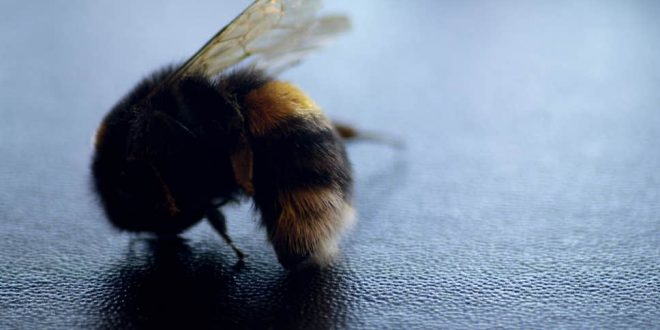We have now entered the world’s sixth mass extinction event — the biggest, most rapid global biodiversity crisis since a meteor ended the age of the dinosaurs’
A massive decline of bumblebees — the world’s most important pollinators — is now underway due to “climate chaos” and other human impacts on the world, scientists have warned.
A new study reveals bumblebees are currently disappearing at rates “consistent with a mass extinction”, and are on course to be wiped out in just a “few decades”.
The researchers examined how climate change increases the frequency of extreme weather events such as heatwaves and droughts, which cause what they describe as “climate chaos”, which can be dangerous for animals.
Different species have different tolerances for temperature — what is too hot for some might not be for others.
The researchers examined 66 bumblebee species across North America and Europe, using data collected over a 115-year period (1900-2015).
“We were able to predict changes both for individual species and for whole communities of bumblebees with a surprisingly high accuracy.”
Last year, the UN’s deputy secretary general Amina Mohammed warned that “the decline and disappearance of bees and wild insects would have drastic consequences for global ecosystems and human well-being”.
The research by the team at Ottawa could provide new methods to help predict extinction risk in other vulnerable species and identify areas where conservation actions are needed, the authors said.
Professor Jeremy Kerr of the University of Ottawa, the study’s senior author, said: “This work also holds out hope by implying ways that we might take the sting out of climate change for these and other organisms by maintaining habitats that offer shelter, like trees, shrubs, or slopes, that could let bumblebees get out of the heat.
“Ultimately, we must address climate change itself and every action we take to reduce emissions will help.”
The Independent
 Lebanese Ministry of Information
Lebanese Ministry of Information



